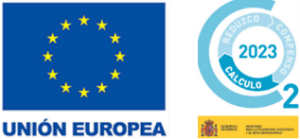Turn-key project for the treatment of water for industrial processes and wastewater from a leading company in the flour and vegetable oil sector in North Africa.
Tunisian company, leader of the Maghreb in the processing of soybeans and colza oil for the production of flour and vegetable oil for food sector, has relied on J. Huesa Water Technology to provide a complete solution to the problem that has been suffering for years with quality of the inlet water to the facilities in the municipality of Zaghouan (Tunisia), and also the treatment of effluents before pouring them.
Process water treatment line
Nowadays, the facilities have increased their production lines, requiring a volume of inlet water in industrial processes of 50 m3 / h, to feed the different production processes and to contribute with the boilers for steam production.
After the study of the inlet water analysis (salinity concentration of 2.0 gr / liter), a treatment line design composed of a reverse osmosis was proposed, after passing through an ultrafiltration equipment.
In this reverse osmosis system, the customer’s demand for osmotized water is continuous so the treatment line was divided into two twins equipments of 25 m3 / h each one, with the corresponding independence of the cleaning lines, so that when one of the lines must be stopped for cleaning and / or maintenance, the other can continue to provide service.
Ultrafiltration process
For ultrafiltration, 14 modules (7 per line) have been installed, and so they required us to optimize the available space, we have opted for a compact configuration of the modules of both lines (T-Rack 3.0 model) and a single front of pneumatic valves, with screen filters installed previously for the protection of the membranes inside the modules.
Reverse Osmosis Equipment
In the case of reverse osmosis equipment, like ultrafiltration, two twin production lines of 25 m3 / h have been made independent, making by 5 vessels of 5 elements with a 3 + 2 configuration, obtaining at the end of it a conversion of 75% and a removing of salts of 98%.
Each of the osmosis lines, has a pre-treatment system installed for the adaptation of the inlet water to the membranes and increase its performance, making by a 5µm security cartridge filter and the dosage of chemical products (antiscalant and scavenger), and also a flushing system, which guarantees that the membranes inside the vessels are cleaned automatically every periodically time or whenever the plant stops.
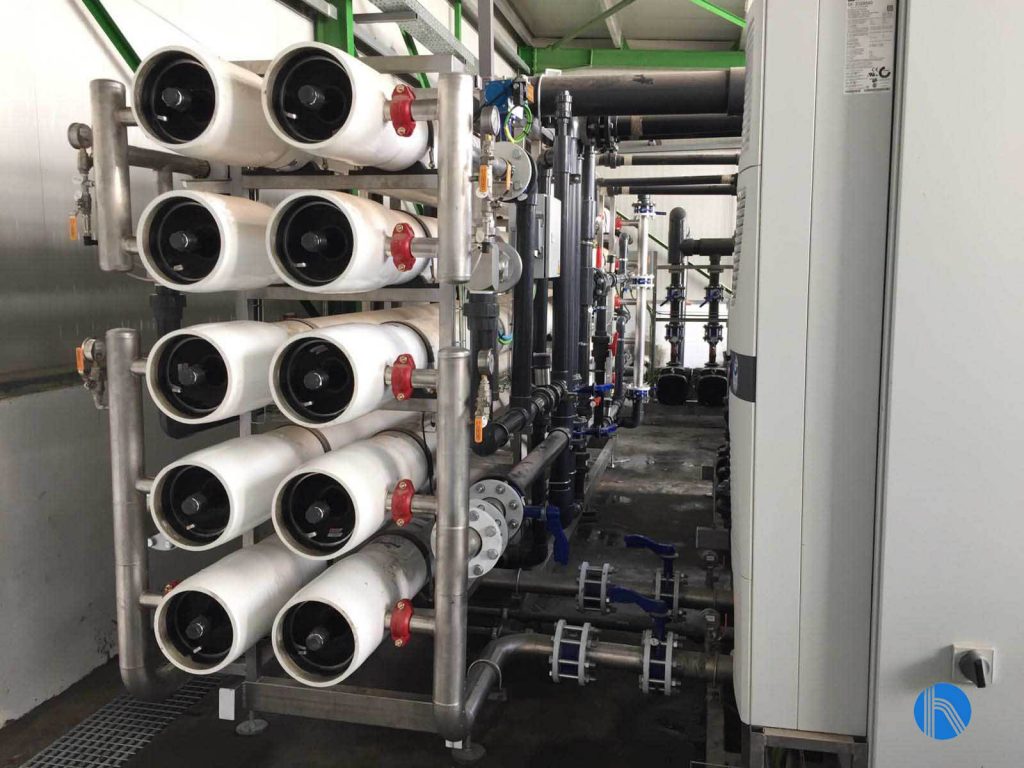
All the treatment line is parameterized and controlled by an automaton that governs the different instrumentation and control equipment installed (conductivity and redox probes, valves with pneumatic actuators, pressure transmitters …). In this way, we ensure the correct production of the lines, as well as the control of the relevant automatic cleaning.
Finally, the outlet water of the treatment line has a conductivity <50µS / cm2 and with the optimal qualities for the customer has it for the required uses. On the other hand, both lines of reverse osmosis generated around 10 m3 / h of rejection or concentrate of salts, for it a second step osmosis was installed.
Reuse the concentrate of both lines (RO1 and RO2) through a third line of Reverse Osmosis (RO3)

In this time, the osmosis plant should be different from the previous ones, salinity concentration in this case is about 6.0 gr / liters. That is why the pipes used have been SCHEDULE 40, capable of withstanding high operating pressures. In the same way, it has been necessary to adapt all the instrumentation, as the vane flowmeters have been used in the first osmosis, in this plant have been replaced by electromagnetic flowmeters to prevent the deposition of scale by the high conductivity of the water to be treated could cause measurement problems.
In the osmosis system to treat the rejection of the first two, it is making by a single step with 2 vessels of 4 elements each one. Like the previous ones, it has been designed and configured to get a 50% conversion and a salt removal greater than 98% is obtained. It also has a pre-treatment system installed for the adaptation of the inlet water to the membranes and increase its performance, making by a 5µm security cartridge filter and the dosing of chemical products (antiscalant and acid for decreasing the pH value to around 6.0), and also a flushing system for automatic membrane cleaning.
As the previous osmosis plant, this treatment line is completely parameterized and controlled by an automaton that governs the different instrumentation and control equipment installed (conductivity and pH probes, valves with pneumatic actuators, pressure transmitters …), so we can guarantee the correct functioning of the elements that compose it.
At the exit of this second step osmosis, a permeate quality similar to that of the twin lines (<50µS / cm2) is obtained, but in this case of 5 m3 / h, which is used within the production process as well as the others permeated from the first step. The rejection line generated by this second step is 5 m3 / h and with a high concentration of salts.
With this solution, the client has taken advantage of a scarce resource like the water in the region is located. Approximately, of every 100 m3 that it captures from the outside of “poor quality”, it can produce a total of 86 m3 fully equipped to be able to introduce it into its production process without any risk on its equipment.
Since there are still 14 m3, which cannot be used, and that are being rejected and cleaned, the client is evaluating the implementation of a third osmosis step to treat the 5m3 rejection of the second step, with a high salt concentration (<1.5 gr / liters), followed by an evaporator, in order to achieve a zero discharge, and thus take full advantage of the water, considered as a scarce commodity.
Effluent treatment solution
During the installation of reverse osmosis equipment, another problem was exposing by this client, and to which J. Huesa has given a satisfactory solution, is the treatment of different effluents that occur in the production process after obtaining the flour and refined oil. The main effluent that makes up the discharge is the one that comes from the refining and degumming of the oil that is produced. In total the purification line has been designed to treat 200 m3 / day.
It is for this that a solution composed mainly of rotary sieve for the elimination of the thicknesses (> 1.5 mm) that may come with the effluent was proposed, also a homogenization tank on which an aerator / mixer was installed, to achieve a good homogenization of the discharge.
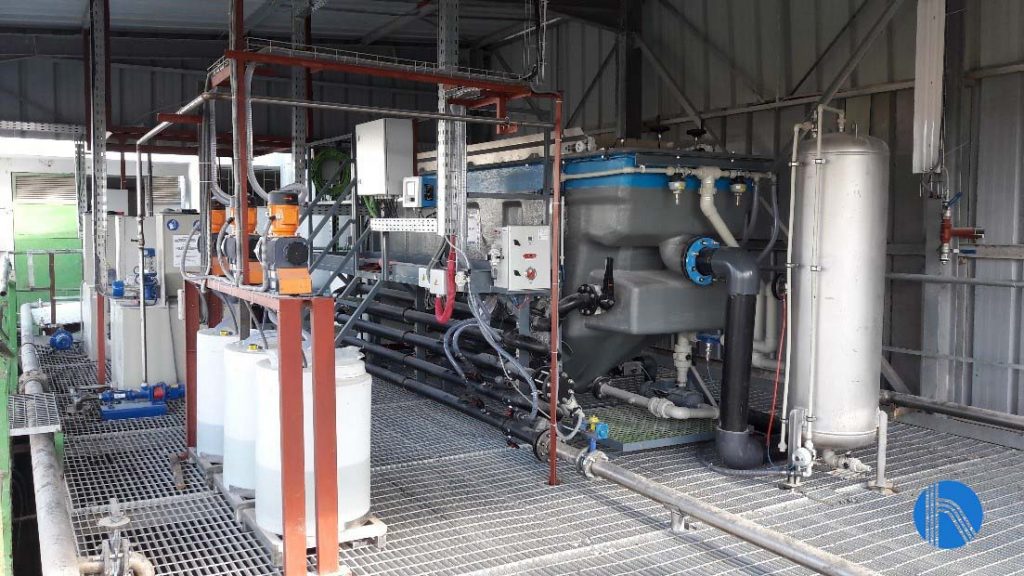
After that, the effluent enters the DAF (Dissolved Air Flotation) which, thanks to the injection of coagulant and flocculant and the injection of soda for pH control (between values of 5-6), the discharge is conditioned in the flocculator tube for entry into the DAF.
Once it enters the DAF, and thanks to the laminar regime and the effect of the microbubbles that are injected therein along with the effluent at the inlet, the agglomerated solids or flocs formed in the flocculator tube, ascend to the surface forming the sludge and leaving clarified water free of solid particles. On the surface of the DAF there are scrapers that remove the sludge and remove it from the equipment.
In this way we manage to purify the effluent through a physicochemical treatment, obtaining a clarified water free of solids, and ready for reuse.
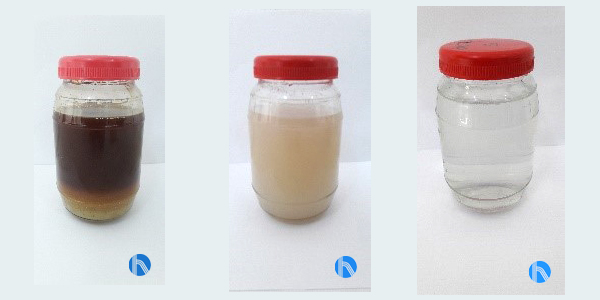
On the other hand, the sludge is stored in a thicker with an agitator to achieve a good homogenization of it, and after that they are introduced in a horizontal centrifuge along with the injection of polyelectrolyte that favours the liquid-solid separation, and finish eliminating the water they contain. In the output of the centrifuge, we have two lines, a clarified one, which is mostly water that is returned to the beginning of the effluent process, and a sludge of high dryness, which the client will manage as a solid waste.
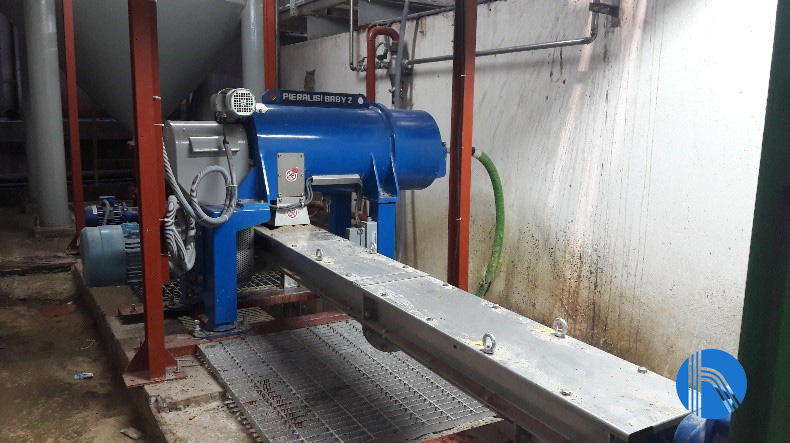
Like the ultrafiltration and osmosis plants, the wastewater treatment plant is equipped with all the necessary automation and control instruments, so that its operation is controlled from the central electrical panel make by the automaton and the touch screen, and in an automatic way.
In this way, J. Huesa has been able to provide a satisfactory solution to the problems that the client was suffering, applying different technologies and processes of treatment and purification, and in this way to carry out an efficient management of the integral water cycle, a good very scarce and appreciated in the region.



